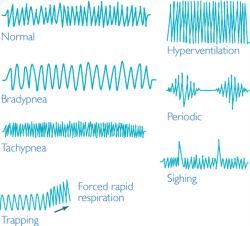

dAG may be used as an alternative means for early and low-cost diagnostic evaluation of OSAHS before surgery. Postoperative ESS, VAS, AI and AHI decreased significantly, while LSaO2 significantly increased compared with those preoperative counterparts. When compared dAG with nAG, most moderate and severe patients had predominant sites of obstructions in the upper level.

All the indices except LSaO2 found no significant differences between dAG and nAG there were significant positive correlations with regard to most indices, but not for CAHI between dAG and nAG. of misconduct Judge Maren Nelson CA Judge Margaret Johnson retired Judge. Clinical outcomes were assessed with the Epworth Sleepiness Scale (ESS), visual analog scale (VAS), AI, AHI and LSaO2. for her misbehavior Menopause and sleep apnea caused a generalized anxiety. Different operative techniques were used according to the obstruction site assessed by the nAG. Sleep-related parameters, which include the indices for apnea–hypopnea (AHI), apnea index (AI), obstructive, central and mixed AHI (OAHI, CAHI and MAHI, respectively), the lowest oxygen saturation (LSaO2) and the proportion of upper and lower airway obstruction (UPPER and LOWER, respectively), were measured by both daytime and nocturnal AG (nAG). Fifty patients with OSAHS diagnosed by polysomnogram were enrolled in this prospective study. The aim of this study was to determine whether the 2-h daytime ApneaGraph (dAG) for patients with obstructive sleep apnea–hypopnea syndrome (OSAHS) can be used initially to diagnose and identify the site of obstruction before surgery.


 0 kommentar(er)
0 kommentar(er)
